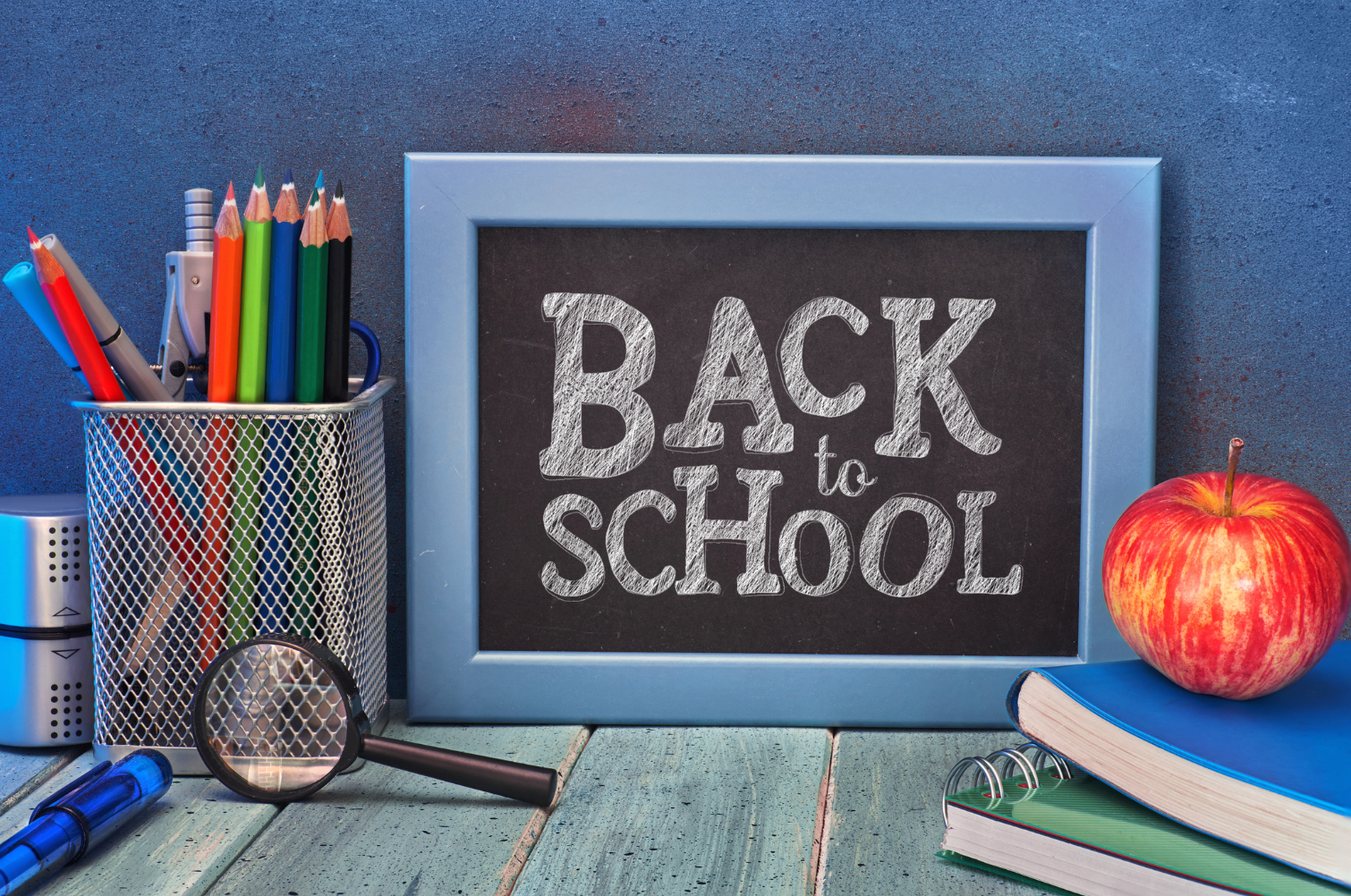
We must help the child to act for herself, will for herself, think for herself; this is the art of those who aspire to serve the spirit.
- Dr. Maria Montessori
The holidays have arrived and the shift in energy is palpable! During this time of year there is a sense of growing excitement and anticipation, whether you celebrate the December holidays or not. There are vacations from school, trips and travel, breaks in routine, visits from family, parties and more! While we can all agree that excitement is generally considered a positive emotion, it is still characterized by an arousal of the nervous system which, when experienced over longer periods, can lead to dysregulation and anxiety.
While holiday energy certainly affects everyone, it can be especially intense for kids (and adults) with exceptionalities like autism, attention-deficit/hyperactive disorder, anxiety disorders, and sensory processing disorder. Below are five ideas to help prioritize calm during a time of unpredictable routines, sensory overload, unfamiliar social pressures, transitions and travel, and high anticipation. Whether you come from a family which is neurodiverse or not, these tools will help everyone feel grounded during a busy season.
*****
Ground in ritual
Kids of all ages thrive on predictability, routine and clear expectation- all things that often go out the window during the winter holiday! Whether you are traveling or staying home, finding ways to incorporate annual holiday rituals will help kids feel secure. Depending on your family culture, some traditions might include decorating a tree, lighting the candles of the menorah, reading special books, baking cookies, or participating in community service. Traditions help us stay centered and build a sense of family identity and belonging.
Some families use Advent or Hanukkah countdown calendars to help kids manage the lengthy period of anticipation. Similarly, you could create a paper chain with a link for each day which they can remove each evening to visually represent the passage of time. This can also be used for other celebrations such as birthdays, Halloween, Ramadan, etc.
Tell social stories
If you know me, you already know how much I love social stories. They don’t require any props or materials, just your openness to tell an oral story. A social story explains what to expect in any given situation and is told in the form of a story. If your child is under six, be prepared to repeat the story over and over! You can incorporate visual schedules (drawings of what will happen, in what order), calendars (color coding for special events), and photo albums (visual reminders of family members they don’t see often).
In addition, use these stories to let them know what they can do if they don’t want to give a hug, kiss or sit on the lap of a friend or family member. Practice together in advance, “I don’t feel like a hug right now,” or “I would prefer a high five.” Let them know that if they don’t want someone to touch their body it is okay, and you will support them.
Bring comfort items
Whether you are traveling away from home or across town for a celebration, it is helpful to bring along comfort items. For younger children, this might look like stuffies, blankets, or a coloring book. For older kids it might be a book, a group game, or a drawing notebook. If your child has specific tools like noise-reducing headphones, a chew necklace, fidgets, or a weighted blanket these are important to bring into a potentially over-stimulating environment. If your child does well with more structure, perhaps they could bring their favorite board or card game to share. If you are traveling by car or plane, make sure to bring preferred snacks. Always toss a comfortable change of clothes or pajamas into the bag, too!
Go over expectations
Perhaps you will be entering someone else’s home, or perhaps others will be entering yours. Maybe you will be in an airplane or at a hotel. No matter the environment, it is helpful to talk about the house rules. What is okay for one family might not be okay for another. What is safe when there are just two kids might not be safe when there are seven. Be sure to let your child know in advance what the expectations are. Some examples might be: in a hotel we use a soft voice; on an airplane we respect other people’s personal space; the ipad goes back in my bag when we land; in this house we take our shoes off at the door; we can run in the backyard but not inside the house. If you don’t know what the house rule are, model how to ask upon arrival.
If there will be other kids there, talk about your expectation for conflict resolution and who, how, and when to ask for help. Some kids feel better if they have a job to do, others might stay with you for the first half hour until they feel comfortable. Make a plan with them so they feel secure. Shy kids love to hear, “When we get there, you can stay with me until you feel ready to go play.” A family code word or exit plan can also be useful.
Prioritize sleep, food, movement
Through all the excitement, it is easy to be inconsistent with our most basic physiological needs: sleep, food, movement. If you have littles, don’t skip on naps. If you have a child who has higher sensory needs, schedule in sensory breaks. Even extroverts benefit from some downtime where they can recharge.
While it is important to prioritize food, (hangry is real!), some flexibility with diet is also useful during the holidays. Talking about how different foods make us feel brings self-awareness and helps kids draw connections between what they eat and how they feel after. If your child has an exceptionality that affects what they will or can eat, be sure to bring safe foods with you. An overstimulating holiday party is not the time to try to push them out of their comfort zone!
Movement and activity are important for everyone, but we need it at different levels of intensity and frequency. If you have a child with high movement needs, plan ahead. Schedule in walks to the nearest park, go to the local Children’s Museum, walk around a botanical garden. Help them get their physical needs met regularly and talk to them about the connection between how they feel with and without that movement.
*****
Even using all the above techniques, a holiday meltdown is likely to occur at some point. When it does, the best thing you can do is to remain calm, regulated and listen. This can be challenging, especially if you are also operating from a state of heightened arousal or dysregulation yourself. If you are unable to stay calm in that moment (and it is okay if you can’t), find a trusted adult who can. The most dependable path is that of empathy, respect and acceptance. Kids feel safest when they know you can hold all their feelings without judgement, anger or fear.
As a parent, it is easy to hold onto your own feelings of shame when a meltdown happens in front of family or friends… don’t! Let it go! Remember the saying, your kid is not a bad kid, they are a good kid having a hard time. Once your child is settled, make a plan: do they need to eat, do they need a sensory break, is it time to make an exit? Later, when everyone is truly regulated, make repairs. Talk about what happened, work on a plan for the future. Involve them in it, even the littles.
These techniques are more than just a holiday survival guide! When you teach kids how to act for themselves, will for themselves and think for themselves you are serving the spirit. You are supporting what Dr. Montessori calls Education For Life. Happy holidays!


